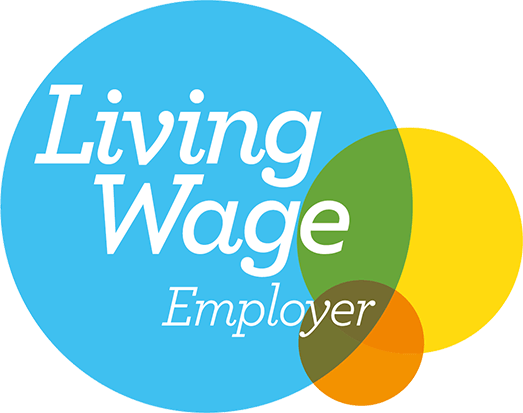News
The Housing Crisis. Still? A new Saviour perhaps?
26 February 2021
The Church’s most recent interest in and pro-active enquires towards housing delivery is a reminder that there is no one right answer. It will inevitably require collaboration across a wide range of stakeholders and organisations.

Ok. Yes. ‘We’ still have a chronic housing shortage across the country. Same crisis, different year.
Now, we are not blind to the issue of needing to build more homes and a host of different solutions have been put out there in very recent history – all generating varying degrees of support and criticism.
The highlight figures? The Government aims to build - depending on what method takes your fancy - somewhere between 266,000 and 337,000 new homes every year to match demand and ensure affordability. In reality however, there isn’t one crisis but a number of smaller crises spread unevenly across the country. Interestingly, these are not exclusive to London and the South East either. Cue the more ‘recent’ housing calculation method which includes a modification to top up the number in the 20 largest cities and urban areas by 35 per cent. But hey, that’s old news now.
It therefore follows that there is no silver bullet to help tackle the crisis, or indeed crises! Surplus land owned by the Ministry of Defence has been identified in the past as one mechanism to aid the release of brownfield sites to speed up housing delivery, and this does prove a useful tool to help bring forward land for housing development. But it is a finite resource. Who else then owns significant swathes of land and could, potentially, help deliver a significant proportion of our housing need (clue, I write this from God’s Own County…)?
The Church of England (the Church) owns more than 80,000 hectares across the country, equivalent to 3.2 million tennis courts. Could any of this make a not inconsiderable contribution towards housing needs up and down the country? Some think so...The Archbishops of Canterbury and York commissioned the 'Coming Home: Tackling the housing crisis together ' report. The report sets out actions for the Church, Government, and other stakeholders to take with a focus on building better communities and more houses for all. Not just a focus on building more and faster.
Of course, Church owned land will not fix the housing problem overnight and much needs to be done before development on appropriate and available Church owned land starts to materialise. For a start, the legal framework for the release of such land and buildings needs to be amended so that these can be used for social and environmental benefit, and not always by the highest bidder, which has previously been the case to fund glebe land (land used to support a parish priest). However, the report raises other notable themes which I feel, as planning practitioners, developers, and guardians for current and future generations, it is our duty to consider. It suggests, inter-alia, that ‘affordability’ should be linked to people’s income and not the market rate, and it makes demands for additional leaseholder protections. And you cannot deny the relevance of the core values for good housing put forward by the report: “sustainable, safe, stable, sociable and satisfying”. That last one could even align with the NPPF’s consultation which includes a renewed focus on quality of design.
Nothing radically new then. But the Church’s most recent interest in and pro-active enquires towards housing delivery is a reminder that there is no one right answer. It will inevitably require collaboration across a wide range of stakeholders and organisations.
What is the crisis? Where are the crises? Who is responsible? How will it be fixed? How does the Church demonstrate surplus land? Do we need more tennis courts? All valid questions and none of which I can offer an answer for. But at least people like me and you get to continue the story, point fingers, and proffer solutions.






